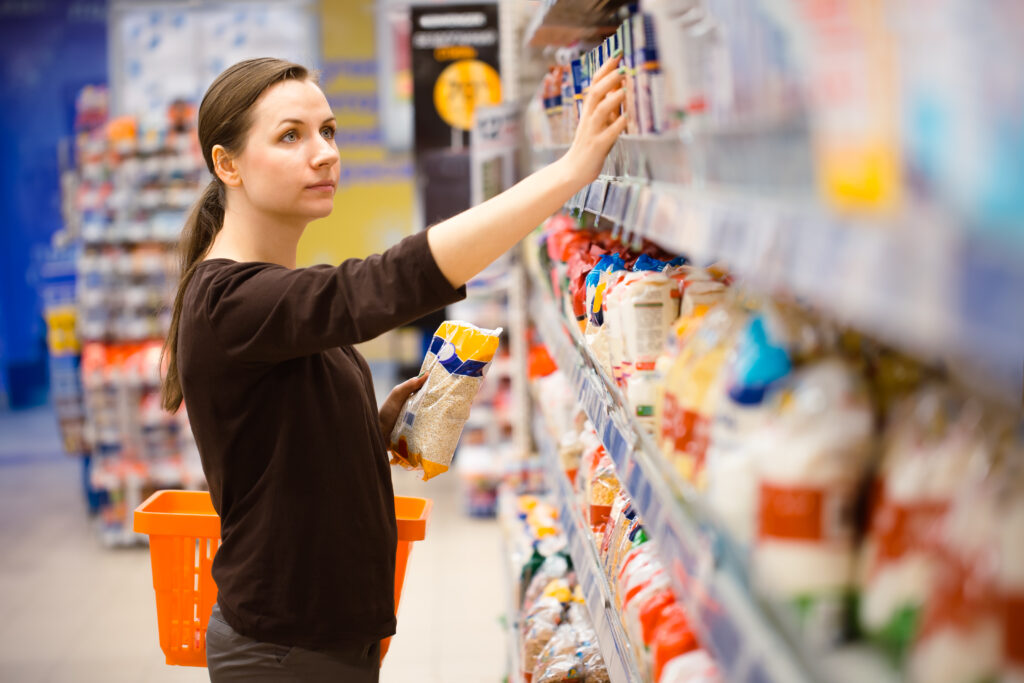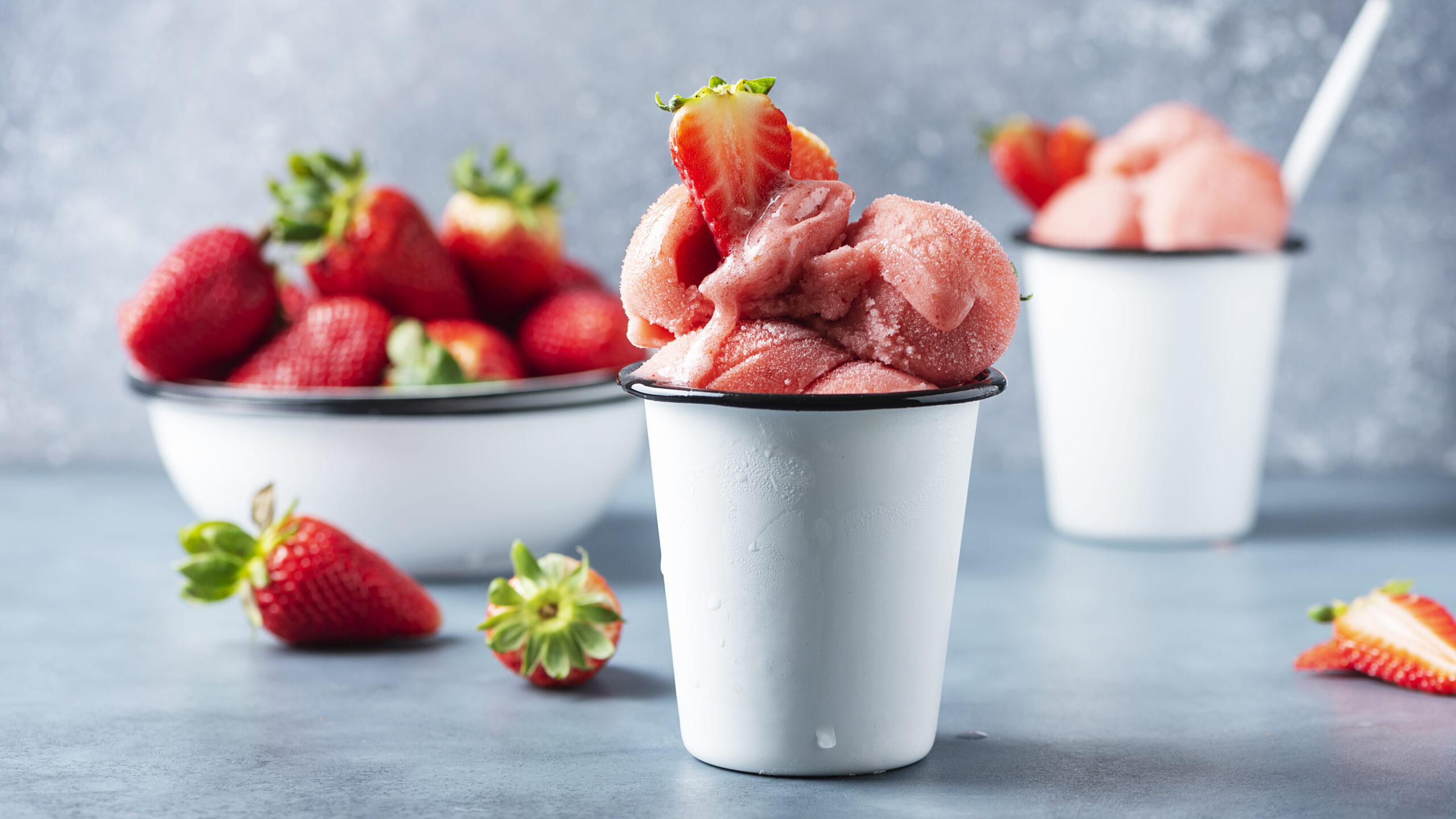Nutritional contents were first displayed on food packaging over 25 years ago and since then, it has become second nature for many people to check the calorie, sugar, salt and fat content of food or drinks before making a purchase. But demand for another type of food label has risen as people become increasingly concerned about climate change and conscious of how they’re contributing to it.
Just Salad will display the carbon footprint of every item on its online menu by Climate Week on September 21 this year, it recently announced, making it the first US restaurant chain to do so. Carbon labels will also be published on in-store menu boards.
Related: Food Companies Sticking to Sustainability Initiatives in 2020
Drawing on information from databases and research that provides calculations on the carbon emissions associated with hundreds of foods, each Just Salad product will list the total estimated greenhouse gas emissions associated with the production of its ingredients.
On a larger scale, food giant Unilever announced its plan to communicate the carbon footprint of every product it sells. In a company press release, Unilever stated, “To do this, we will set up a system for our suppliers to declare, on each invoice, the carbon footprint of the goods and services provided; and we will create partnerships with other businesses and organizations to standardize data collection, sharing and communication.”
The carbon lifecycle of food is complex and involves many moving parts. From the use of fertilizers, manures that emit gases, to land conversion that releases carbon dioxide into the atmosphere and livestock digestion, the carbon lifecycle doesn’t stop there. It also encompasses transportation, packaging and food processing.
Compared to animals products, vegan foods tend to have a lower carbon footprint. UK-based Quorn, a leading meat substitute company, announced in January it would start carbon labeling on its products available in stores beginning June this year. Since 2012, the brand has been working with The Carbon Trust to measure the carbon emissions of its products, so it already had the necessary data.
After improving its production in Sweden and switching to renewable energy, plant-based milk brand Oatly analyzed the life cycle of its products in 2013 and decided to carbon label their packaging five years later. It now has carbon labels online and on some product packaging on European products, with plans of doing the same to American products.
Carbon labels on food will hopefully help encourage change on an individual level and help lead consumers to more environmentally friendly food options. Labels showing environmental information improved the carbon footprint of a person’s diet by around five percent, compared to standard food labels, according to a study.
Food production currently contributes to 26 percent of global carbon emissions. Emissions on this scale are reducing biodiversity and ecological resilience and fundamentally changing natural ecosystems. But the hope is that carbon labeling will help consumers to realize their desire to lower their carbon footprint.







Join or login to leave a comment
JOIN LOGIN